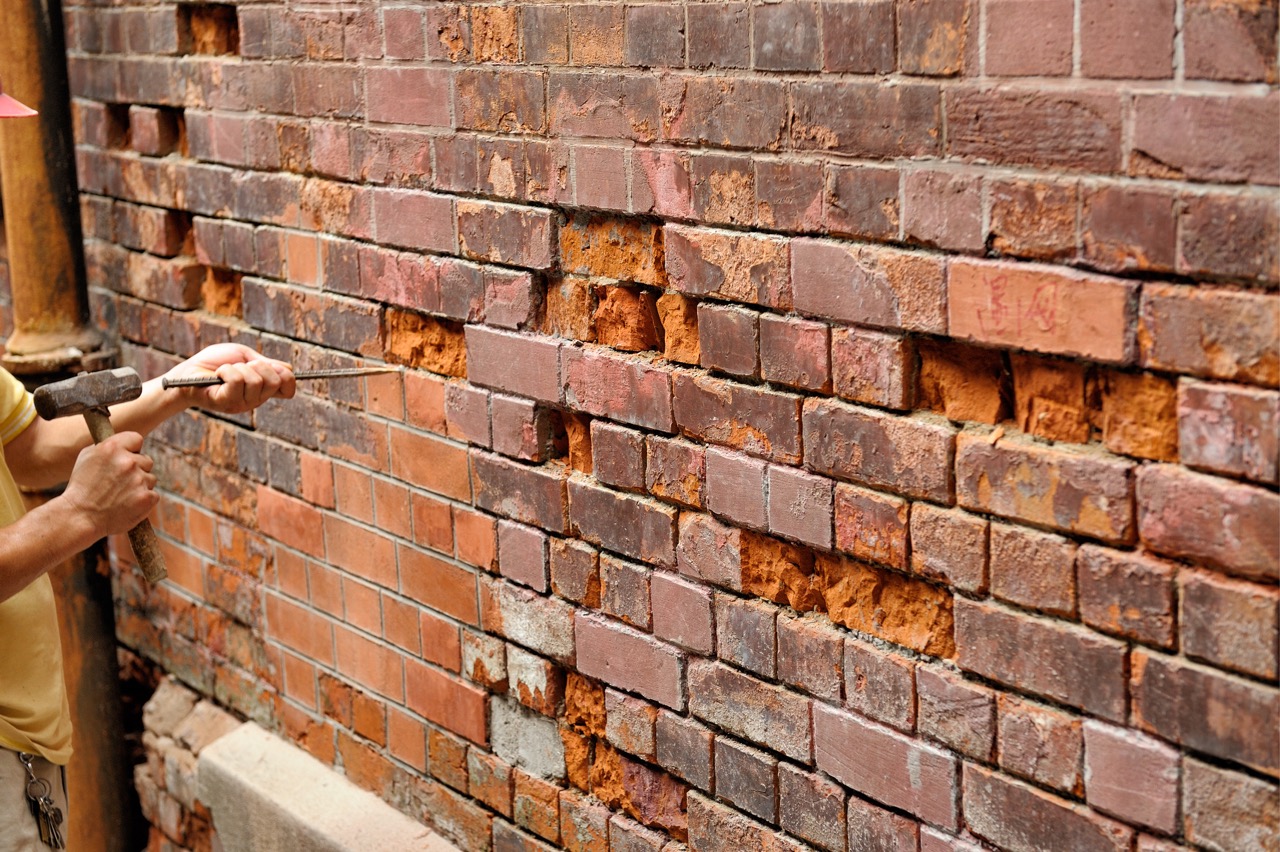Unlocking the Secrets of Lasting Stonework Building And Construction Practices for Eco-Friendly Structures
Among the myriad approaches to eco-friendly building, sustainable stonework construction stands out as a tried and true and durable method that holds a wealth of untapped potential. From the selection of materials to ingenious building and construction techniques, the tricks to attaining sustainability within masonry building are complex and fascinating.
Advantages of Lasting Masonry Construction
Welcoming sustainable stonework building practices not just minimizes environmental impact yet additionally provides long-lasting economic advantages to contractors and communities. By utilizing materials like recycled bricks, blocks, and rocks, contractors can considerably lower the carbon footprint of their tasks while promoting source efficiency. Furthermore, sustainable stonework construction strategies, such as proper insulation and thermal mass homes, can enhance power efficiency within structures, resulting in reduced functional costs over time.
In addition, the sturdiness and resilience of stonework frameworks add to long-lasting economic advantages. Structures built making use of lasting stonework practices frequently call for less maintenance and repair work, converting to cost financial savings for builders and homeowner. The long life of masonry products also ensures that structures continue to be steady and safe and secure, reducing the need for regular renovations or replacements.
Eco-Friendly Stonework Products
Making use of green masonry products is a pivotal step in the direction of boosting the sustainability of building and construction techniques and minimizing ecological impact while optimizing lasting financial advantages. Lasting stonework products are sourced, created, and used in a fashion that lowers total environmental effect. Materials such as recycled bricks, redeemed stone, and lasting cinder block are coming to be increasingly prominent options for eco-conscious builders. Recycled blocks, as an example, not only draw away waste from land fills however also call for less energy to create compared to brand-new bricks. Reclaimed rock provides an unique visual appeal while lowering the requirement for new quarrying. Lasting concrete obstructs incorporate recycled accumulations and may include improved insulation homes, contributing to energy performance in buildings.
In addition, natural products like adobe, rammed earth, and straw bundles provide superb thermal mass properties, minimizing the requirement for heating and cooling power. These materials are often locally available, advertising local economies and lowering transportation-related carbon emissions. By choosing green masonry products, construction jobs can significantly minimize their ecological impact and add to the development of much healthier, extra sustainable built environments.
Energy-Efficient Masonry Methods
Energy performance plays an essential role in boosting the sustainability of masonry building methods. By executing energy-efficient stonework strategies, home builders can substantially decrease the overall energy intake of a building, resulting in reduced functional costs and a smaller sized ecological footprint. One key energy-efficient stonework method is the use of thermal mass, which entails integrating dense products like concrete or brick right into the building's structure to soak up and keep heat. This aids control indoor temperature levels, minimizing the need for mechanical home heating and cooling systems.

Innovations in Lasting Stonework
Current improvements in sustainable stonework techniques have caused cutting-edge strategies that are improving find more information the building industry. One such innovation is the development of self-healing concrete, which makes use of microorganisms installed within the concrete to heal cracks autonomously. This breakthrough not just lowers upkeep expenses but likewise improves the longevity of stonework structures, adding to their sustainability.
An additional significant innovation is the use of recycled aggregates in stonework building - masonry contractor. By including products such as smashed ceramic waste or recycled glass into concrete blends, click reference building contractors can minimize the environmental impact of building tasks while maintaining architectural honesty. This method not just diverts waste from garbage dumps yet also saves all-natural resources, making it a crucial innovation in sustainable masonry building
In addition, the integration of digital style devices, such as Structure Information Modeling (BIM), is reinventing the means stonework structures are planned and built. BIM permits for even more precise computations, minimized product wastefulness, and boosted power efficiency, ultimately resulting in even more lasting structure techniques. These developments collectively represent an appealing future for lasting stonework building and construction in the period of environment-friendly structures.
Future Trends in Masonry Sustainability
With the ingenious strides made in lasting stonework techniques, the future fads in stonework sustainability are positioned to additional reinvent the building and construction sector. Among the key trends forming the future of stonework sustainability is the raised integration of innovation. Innovations such as Building Details Modeling (BIM) and digital reality simulations are being used to enhance stonework construction processes, leading to minimized product waste and improved energy efficiency in buildings.
Moreover, the growth of novel lasting products is set to play a significant role in enhancing the eco-friendliness of masonry building and construction. masonry contractor. Innovations like self-healing concrete, recycled accumulations, and bio-based binders are obtaining grip for their ability to minimize ecological influence while preserving structural honesty

Conclusion
In final thought, sustainable masonry building and construction techniques use many advantages for eco-friendly structures. masonry contractor. Technologies in sustainable stonework see here are constantly being developed to better improve the environmental efficiency of buildings.